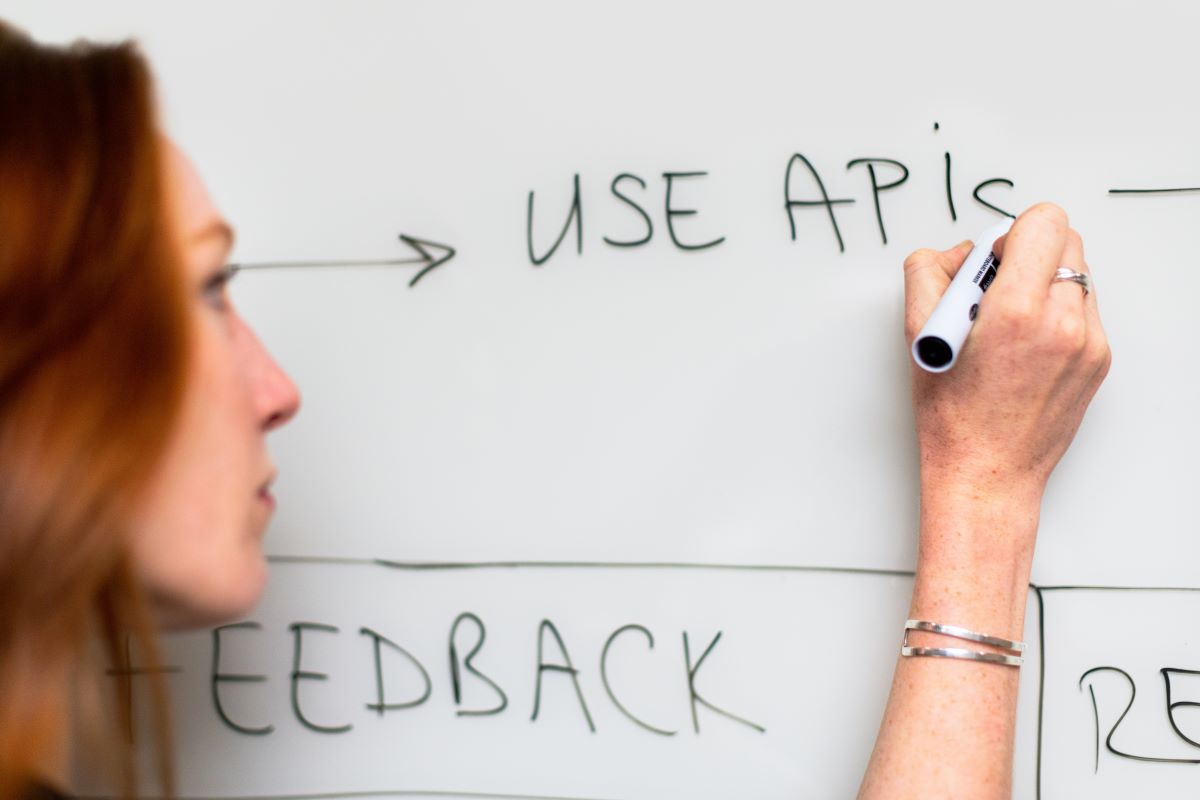7 Features to Look for When Choosing a Turnkey BDR Appliance

For any business operating in this data-driven age, a turnkey backup and recovery solution is a must-have. But what kind of BDR appliance is worth the investment? If your own company is looking for a turnkey BDR solution, here are the top seven features you will want it to have.
Speedy Backup
The most important feature in your BDR appliance is fast backup and recovery from the get-go, creating multiple backup copies in multiple location. If it takes too long for the appliance to back up your business data, you’ll have an even harder time recovering from a disaster and getting your operations back to normal.
That said, you will want a solution that can back up and recover large amounts of data in a matter of minutes. It should also be able to leverage data compression techniques to ensure the most efficient usage of available resources.
Flexible Data Capture Capabilities
The next feature that you want in your BDR solution is flexibility in terms of how it can capture and store data. It should be able to accommodate data in a variety of formats, as your own business data can come in different forms and are used on multiple programs or platforms.
The flexibility in terms of data capture also determines the breadth of recovery methods your solution can offer. Currently, the most common way of backing up large amounts of data is by using snapshots. The more adaptable your solution is and the more recovery options it can offer in dire circumstances, the better it will be for your business.
Regular Automated Testing
BDR solutions require regular testing to see if the system is properly backing up data the way it’s supposed to. However, this is a burdensome task for staff to perform manually, and it takes away from the “turnkey” quality of the device.
It’s good to invest in an appliance that is able to perform regular automated testing. IT personnel can pre-configure the solution to run tests after a certain condition has been met—like after every successful backup. The results of the auto-testing can quickly reveal whether the backup process is has any issues that need to be resolved in order for the solution to perform as it should.
Simplicity and Ease of Use
You will also want a BDR appliance that truly lives up to its branding as a turnkey device—that is, something that’s easy to set up and maintain. Overly complex products may demand too much time, money, or effort just to configure. Not only will that make them less satisfying to own; they may also become an additional liability when a disastrous event occurs.
It’s important to look for a solution that you can simply “set and forget.” The ideal product will ensure swift and accurate data backup and recovery without too much effort on the part of your staff.
Full Protection Against Data Breaches
Data breaches occur, even on dedicated devices for data backup and recovery. These breaches can happen anytime, even when your business data is being backed up. Therefore, you’ll want a solution that can safeguard data when you are scrambling to recover your business operations.
Buy a product that encrypts of your data while it’s being backed up and after it’s been backed up. Get assurance from the BDR vendor that your data will be encrypted from the source before it’s saved to another network for storage.
Adequate IT Support
Though you may be purchasing a turnkey BDR solution, you’ll still need the help of human personnel from time to time. Your vendor’s IT support staff should be able to help you troubleshoot more advanced problems that may come up with the device.
Make sure to buy a solution from a company that has the best people behind it, and not only the most cutting-edge software. Read reviews not only for the product itself, but for the extent of IT support the vendor offered customers when something went wrong.
Scalability for Your Business’s Future
Lastly, you will want a BDR appliance that can keep up with your company’s growth. The larger and busier your company becomes, the more complex your requirements will be for successful data backup and disaster recovery.
Get a solution that will be able to meet your demands as your business grows. For this, you’ll need to properly size your BDR appliance and not go with the cheaper option that’s not properly sized. This will be much easier for you when you’ve outgrown the appliance that’s not properly sized because you’ll have to either replace your current appliance, or shift to a brand-new solution.
Conclusion
System failures, natural disasters, and data breaches could be financially devastating to your company. There’s no telling when these will actually occur. But regardless of when they happen, a dependable BDR solution like the one offered by Quorum will help you bounce back instantly. In the event of a calamity, you shouldn’t have to think too hard about what to do in order to get your business back to normal—and a turnkey BDR appliance will help you do just that.





